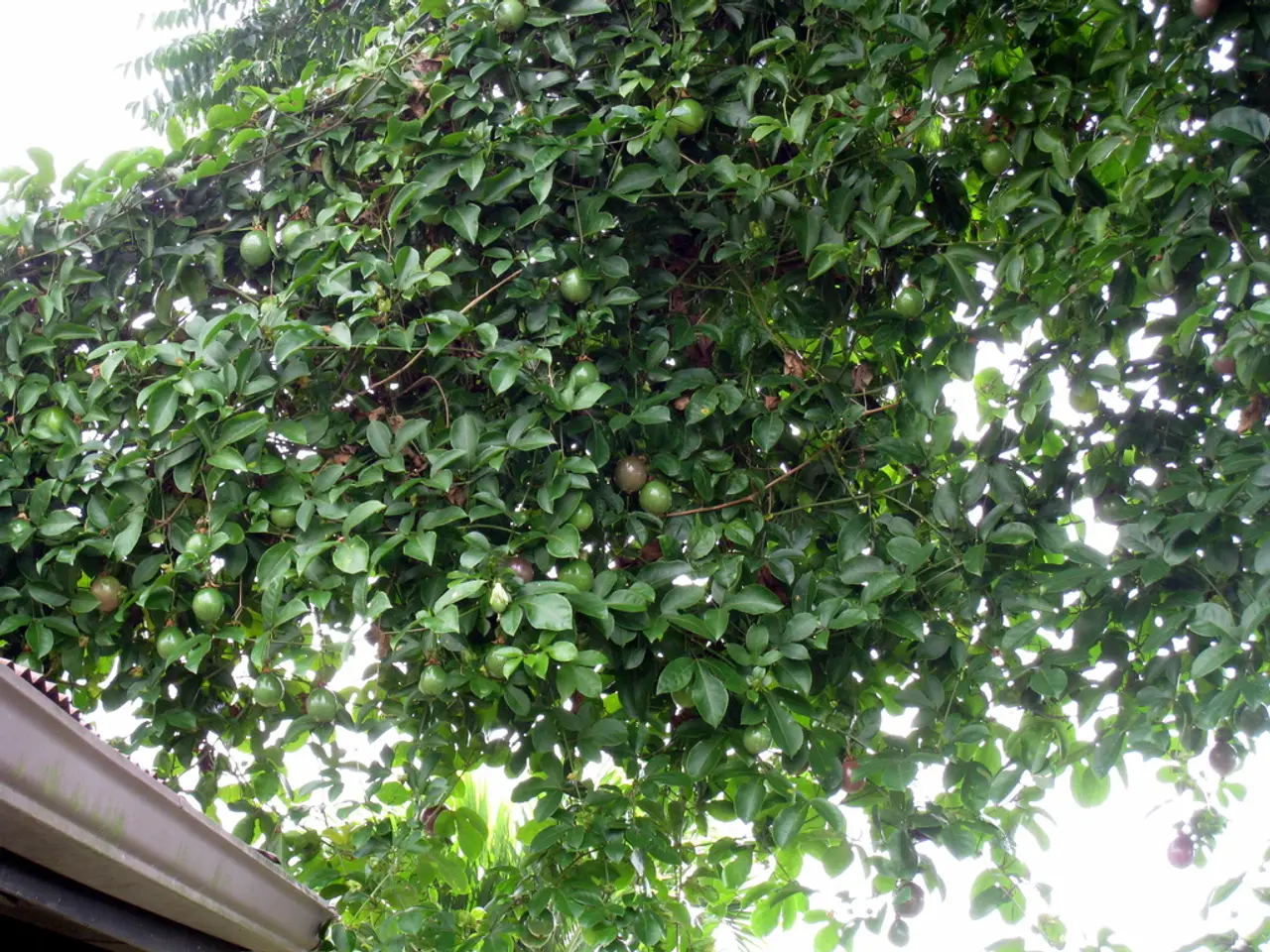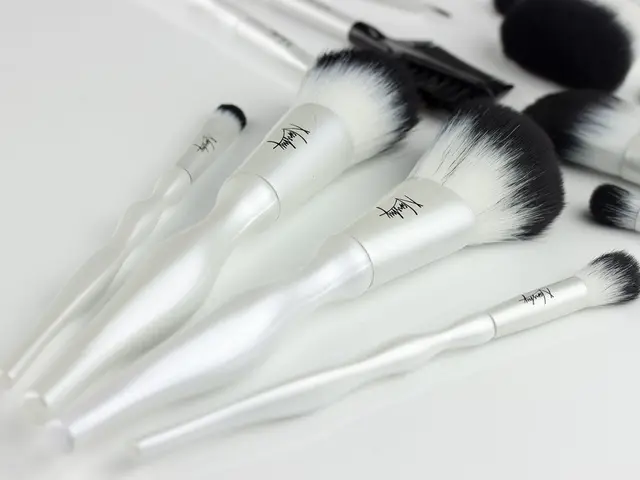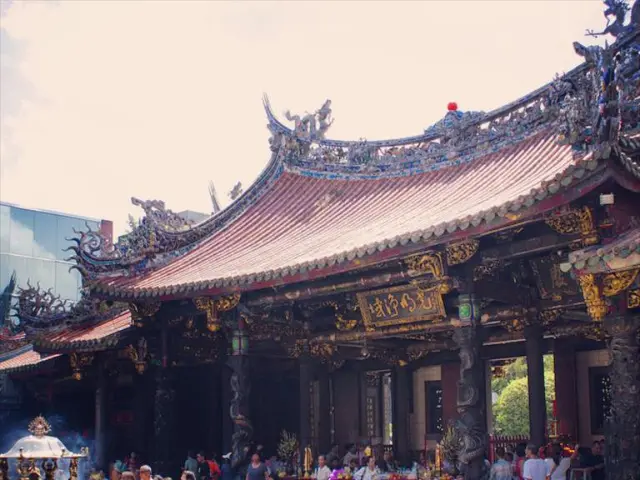Guide to Nurturing Bonsai Lemon Tree | Citrus Aurantifolia Care
Achieving success in growing a bonsai Key lime tree indoors requires careful attention to its light, watering, soil, fertilizing, pruning, and maintenance needs. Here's a step-by-step guide to help you cultivate a flourishing indoor bonsai Key lime tree.
**1. Choosing the Right Placement and Light** Place your Key lime bonsai near a south-facing window where it receives partial to full sun. The tree requires plenty of bright light, but avoid harsh direct sunlight through glass that could cause overheating. If natural light is insufficient, supplemental grow lights can be used to provide 10-12 hours of light daily.
**2. Soil and Potting** Use well-draining soil specifically designed for citrus or bonsai to prevent root rot. A quality bonsai mix or a blend that includes akadama, pumice, and lava rock works well. Select a bonsai pot with drainage holes. If using a saucer, place river rocks in it to avoid standing water.
**3. Watering** Water the bonsai thoroughly when the top inch of soil feels dry. During the growing season (spring and summer), keep the soil consistently moist but not soggy. Reduce watering in winter when the tree's growth slows down. Mist the foliage occasionally to increase humidity and replicate the tree’s natural environment.
**4. Feeding and Fertilizing** Feed the bonsai with a balanced citrus fertilizer or a bonsai-specific fertilizer every two weeks during the growing season (spring through early fall). Slow-release fertilizers suitable for citrus are recommended to provide a steady nutrient supply.
**5. Pruning and Wiring** Regular pruning is essential to maintain the bonsai shape and promote healthy growth. Prune new shoots back to one or two pairs of leaves once they reach 6 inches to encourage dense branches. Remove any dead or weak branches. Wiring can be done to shape the branches carefully, but monitor wires to avoid them cutting into the bark as the tree grows.
**6. Temperature and Humidity** Keep the bonsai in a warm environment; Key lime trees thrive between 65°F and 85°F (18°C - 29°C). Protect the tree from cold drafts and temperatures below 50°F (10°C). Increase humidity by placing the bonsai on a humidity tray or misting regularly.
**7. Repotting** Repot every 2-3 years, preferably in early spring before new growth starts, to refresh the soil and prune the roots. Use a slightly larger pot only if necessary to restrict growth and maintain bonsai size.
**Maintenance Tips:** - Monitor for pests like scale, aphids, and spider mites, common to indoor citrus, and treat promptly. - Rotate the bonsai weekly to ensure even light exposure and balanced growth. - Keep an eye on watering during winter, as overwatering is a common issue when the tree is less active.
By following these detailed steps—providing adequate light, well-draining soil, consistent watering, feeding during growth, pruning to maintain shape, and maintaining proper temperature and humidity—your indoor bonsai Key lime tree can thrive and even produce fruit.
During the winter, lime bonsai should be brought indoors unless the temperature doesn't drop below 50 degrees Fahrenheit regularly. During the summer, lime bonsai can be placed outdoors as long as the temperature remains above 50 degrees Fahrenheit at night. Repot during the spring, examining and pruning damaged or dead roots before repotting. Training and pruning a lime bonsai can be challenging, especially for beginners. Lime bonsai should be watered frequently enough to keep the soil moist, but not so much that it becomes waterlogged. Key lime trees can be started from seeds, but it's more likely to be successful to buy a bonsai lime tree. Lime bonsai need at least 8 hours of bright sunlight per day, ideally near a south- or southwest-facing window. As the seedlings mature, they should be moved to larger containers and given plenty of access to light, around 8-12 hours per day. The seeds should be soaked in water overnight, placed on a damp paper towel, and kept in a warm spot without direct sunlight. Once the seeds sprout and have roots about an inch long, they should be moved to containers filled with potting soil. Repotting is necessary when the tree outgrows its pot or every two to three years. Lime bonsai do best with light, well-draining soil, such as commercial potting mix designed for citrus or cactus and succulents. During summer, expect to water daily depending on local conditions. Lime bonsai prefer warm temperatures, between 65 to 75 degrees Fahrenheit, and humidity levels of at least 40 percent or higher.
- Adopting a balanced lifestyle that includes time for gardening can be beneficial for your mental health. Cultivating an indoor Key lime bonsai can be a rewarding hobby that helps you engage with nature, especially during the colder months when cooking and baking become more popular in the home-and-garden realm.
- After a long day of working in the kitchen preparing delicious recipes, unwind by admiring your flourishing indoor bonsai Key lime tree. Fashion-and-beauty enthusiasts might find inspiration in the tree's unique, carefully sculpted form, which can serve as a lovely focal point in your living space.
- To add a touch of exotic charm to your dining experience, consider incorporating Key lime elements into food-and-drink offerings. Whether it's Key lime pie for dessert or a tangy Key lime martini as an appetizer, your guests will be delighted by the fresh twist on classic favorites.




